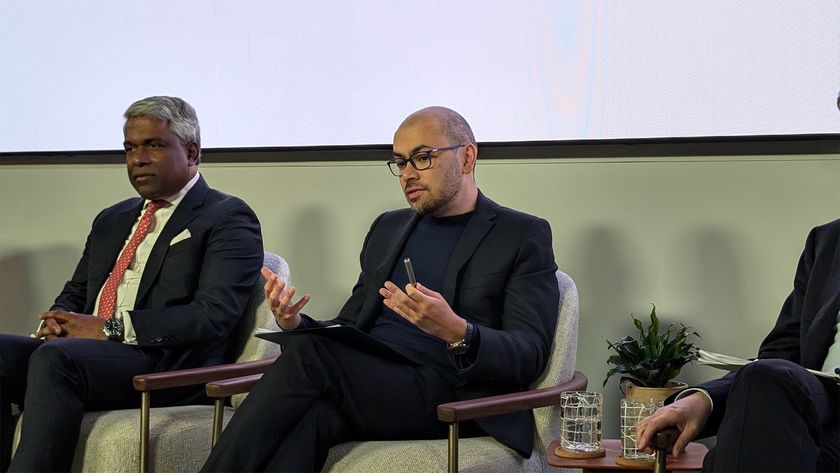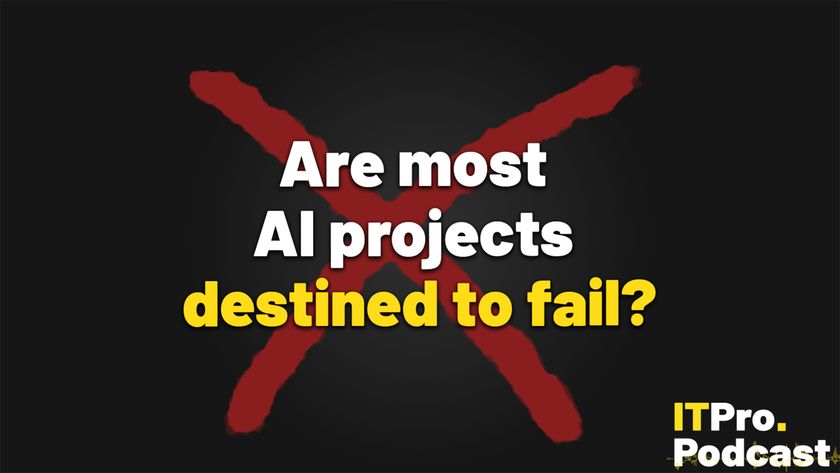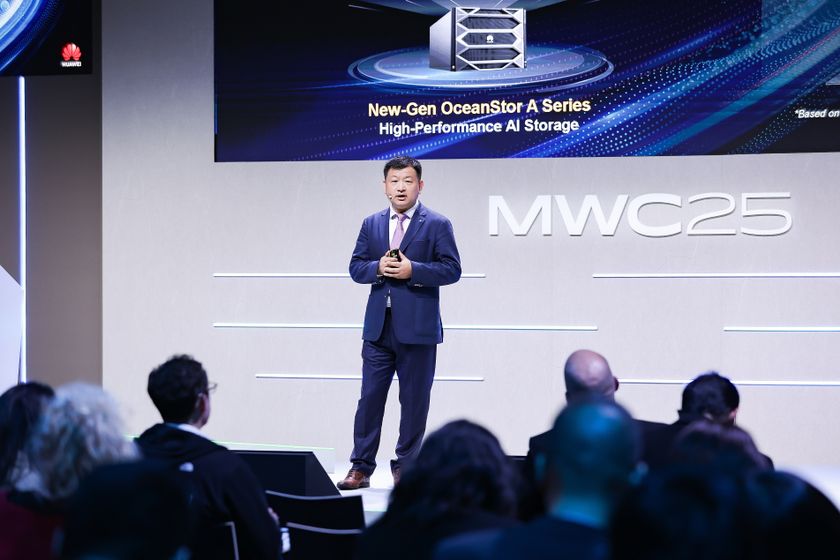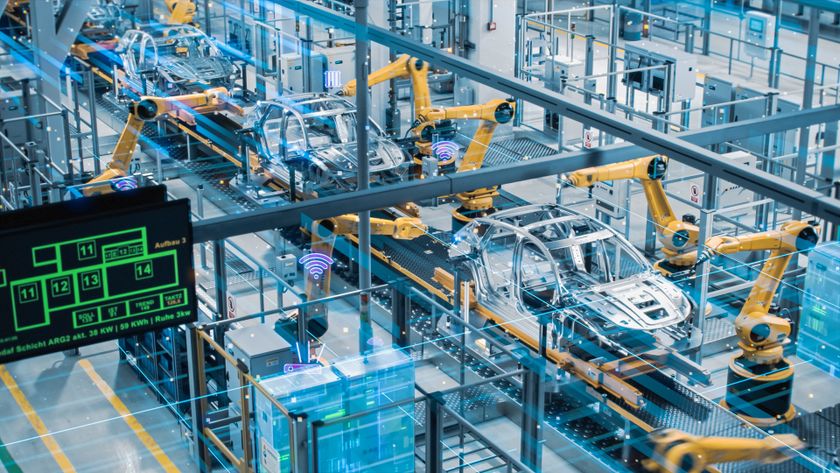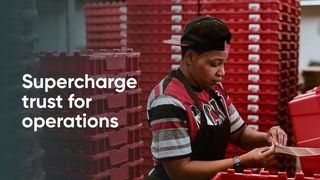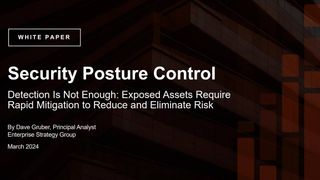Red Hat: Open for business for the foreseeable
Last month’s Red Hat Summit provided much food for thought for many audiences, not least this ITPro content director…

In May this year, I attended my second Red Hat Summit. For last year’s one in Boston I was a complete newbie, following the die-hard Summitters around and trying to absorb all the ‘cool’ that seemed to follow this group of people.
This year, while I’m not claiming to have cemented my cool status, I definitely wasn’t a stranger to the company, its customers, and its partner ecosystem. And the makeup of that, particularly on the user side, is quite different from the early days when the firm was considered through a developer-only lens.
Fast forward to 2024 and Red Hat Summit in Denver. Today, you have a company that turned 31 in March (if you go by the founding year) and will hit the big 25 this August (if you go by the year it went public). This is a company that has evolved with the times - a necessary stance if you want to not only survive but thrive and, ultimately, succeed in this ever-changing and super-competitive industry.
During that not insignificant amount of time, the open source giant has had five different CEOs. Each of them has led a particular era, with each one bringing something different to the table. Indeed, this slow but steady change of leadership is perhaps the reason the evolutionary journey for this business has been a very positive one thus far.
A leader for different seasons
First up to sit in the leadership chair was founder Bob Young. His tenure ended in 1999 when he handed over Matthew Szulik. Szulik’s stint ended the week before Christmas in 2007 before the longest-serving CEO so far – Jim Whitehurst – took the helm, looking after the ship until 2020. He didn’t quite part ways just then, though, as he became president of IBM for a year or so before moving elsewhere in the industry.
CEO number four was Paul Cormier who. Cormier was succeeded by current CEO Matt Hicks in July 2022. He retired from Red Hat in April 2024 after 24 years with the company.
Fast-forward to now. We’re coming up to two years in the hot seat for Matt Hicks. He doesn’t have a dedicated Wikipedia page like the other former CEOs. And there’s very little non-professional information out there about him.
Get the ITPro. daily newsletter
Sign up today and you will receive a free copy of our Focus Report 2025 - the leading guidance on AI, cybersecurity and other IT challenges as per 700+ senior executives
To the outside looking in at least, it perhaps feels like he’s managed to strike the difficult balance between being very open – as is the Red Hat way – when it comes to business but managing to maintain a closely guarded and, therefore, private perimeter around his personal life. To be clear, I absolutely respect this decision (intentional or otherwise), this is merely an observation I came to in my pre-Summit research.
The reason for my detailed CEO research? At this year’s Summit, I was lucky enough to secure an interview with Hicks (hat tip and many thanks to Adrian Bridgwater from Forbes for letting me be part of the joint interview. We have now convinced ourselves we are the Ant and Dec of tech journalism. More on that another time, though).
I asked Hicks to reflect on his first two years as CEO and provide a little insight into what have been the main driving forces and direction of travel.
“The priorities, the key changes, have been to get Red Hat back to the basics that we do really well like embracing being a platform company, working with the ecosystem, and picking the next trends that we're gonna chase, AI being one of those right now,” he said.
“I have learned a deep respect for all of the functions and teams that it takes to make a company successful and make an event like this successful. I have spent most of my career in engineering, so I know what it takes to build a product.”
He continued: “I [now] have a lot of proximity to finance and sales as part of that [CEO] journey. Being in this CEO role and seeing what it takes as a total team to make a company work, and make [financial] quarters work, and make events like this work…. It's been a whirlwind of learning, but I've loved it. It has really broadened how I look at the company - contribution is everything.”
And now for something a little different...
Hicks is a computer scientist turned CEO and that somewhat bucks the trend of most leaders coming up from sales or marketing.
“It's surreal to me. I started in Red Hat in IT porting Perl apps to Java. That is what I walked into and I was drawn here by open source, I was the Linux guy at IBM on it. But, coming in as just someone and ending up in the CEO [position]? It's a stunner for me as well. But I love it. It's the same thing that drew me into the company 18 years ago, it's the same thing that makes me excited to be here today.”
When you see Hicks on stage talking, you get a pretty good sense of the authenticity and passion he has for what he does and how he – and others in open source – can make a difference. When you meet him in person, off stage, it’s pleasing to see that translates to real life, too. It’s not just a stage persona. This guy really, really loves what he does. And he wants others to be part of that open-spirited conversation and action.
If he wasn’t doing this, we’re pretty confident he’d be loving whatever else he was doing. To find out, I asked him what his parallel universe life might look like had he not joined Red Hat.
“I would either be in education or contributing to open source,” he said. “I love it. It's what started me and it's in that same vein [I want to] help bring others into the fold, or help move things along.”
Hicks feels good that Red Hat recognized the potential for AI and related technologies early on.
“I like seeing something through to where [you have] the talent and the people, and the skill sets that you've built up,:” he said. “It’s like ‘Wow. 2024 was the year where this all comes together for us.’ So I've loved that.”
The power of many
He also recognizes that Red Hat, while seeking to lead the AI open source charge, can’t do so alone.
”We've had this passion. We've invested in this. Where are you going to have the worldwide impact to change everything? [Certainly] not by ourselves,” he said.
Lightspeed is the conduit for embedding AI into Red Hat’s products, according to Hicks.
“How do we make our products easier to use? InstructLab would then be the vehicle of how we take an open model and change it, Lightspeed I love, because it lets us make our own products better for customers, drinking our own champagne, using the things that we're telling them they can also use,” he said.
“InstructLab, and models that have the right balance of openness that we can work with and be behind with Granite - those are sort of the key ingredients in the cake that we work around.”
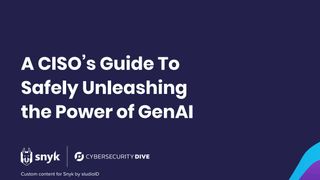
Looking beyond next year, it’s clear Hicks has a vision to really make impactful change. And he’s thinking big - imagine a maker movement at scale.
“AI is ripe for this right now. If you look at the total size of IBM Red Hat… for InstructLab the labs, the demos, the proof points, was probably done by 20 people. In the 20, the technology was created by five. It's a technological breakthrough. It is like a new invention. I love being able to foster that,” Hicks said.
“Say, we can take the five and we can wrap it by 15 and 20. And we know that'll be 50 and 500, and 1000. Some will be in Red Hat and IBM and some will be outside. But it starts with that. It does not take a lot of people to make these breakthroughs. And then you're just there, to amplify them and get them out in front of people.”
Rewind to July 2022 and Hick’s sound bite at the time of his appointment and it’s quite clear that while everything is and will change, when it comes to his passion for open source nothing has changed at all.
“When I first joined Red Hat, I was passionate about open source and our mission, and I wanted to be a part of that. I am humbled and energized to be stepping into this role at this moment,” he said.
“There has never been a more exciting time to be in our industry and the opportunity in front of Red Hat is vast. I’m ready to roll up my sleeves and prove that open source technology truly can unlock the world’s potential.”
Maggie has been a journalist since 1999, starting her career as an editorial assistant on then-weekly magazine Computing, before working her way up to senior reporter level. In 2006, just weeks before ITPro was launched, Maggie joined Dennis Publishing as a reporter. Having worked her way up to editor of ITPro, she was appointed group editor of CloudPro and ITPro in April 2012. She became the editorial director and took responsibility for ChannelPro, in 2016.
Her areas of particular interest, aside from cloud, include management and C-level issues, the business value of technology, green and environmental issues and careers to name but a few.


